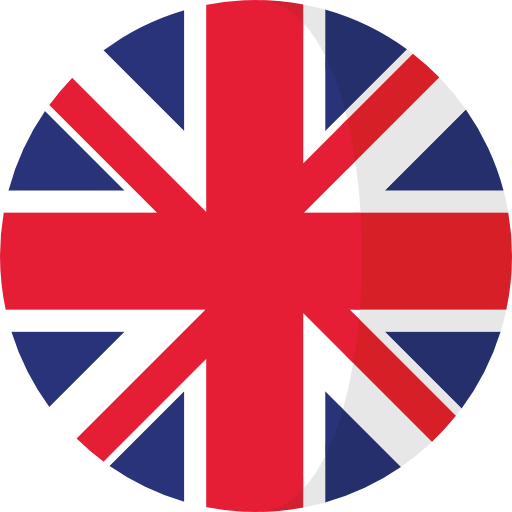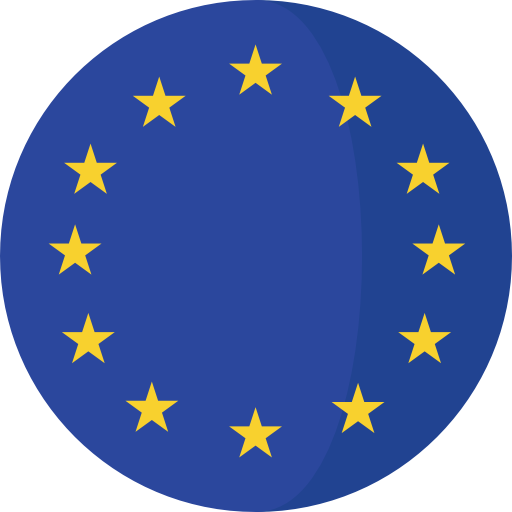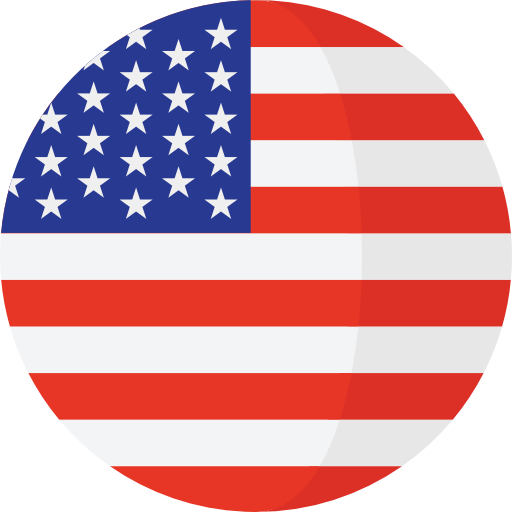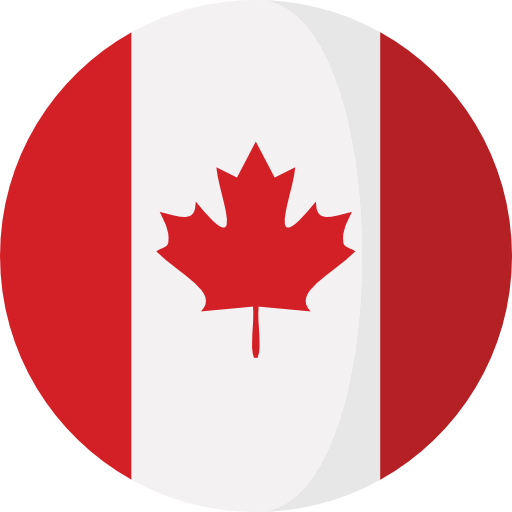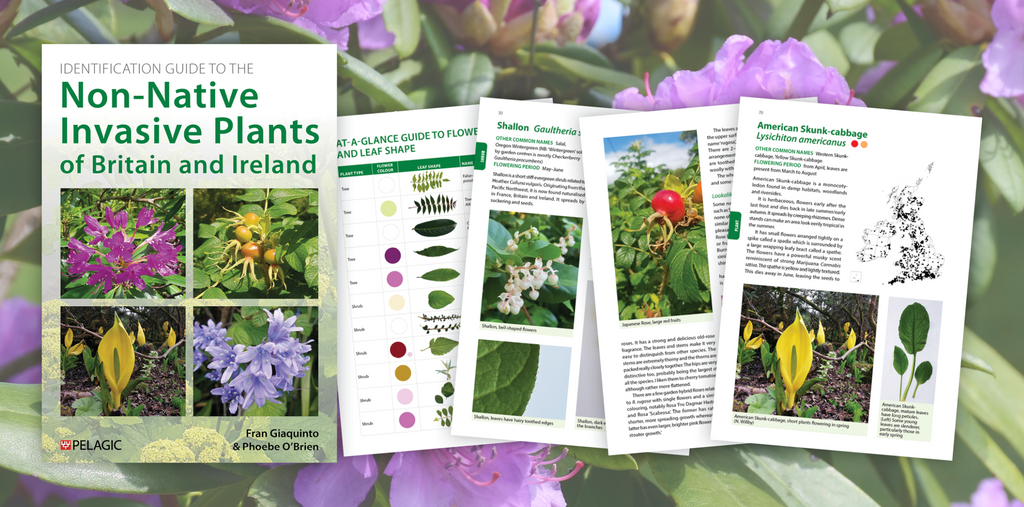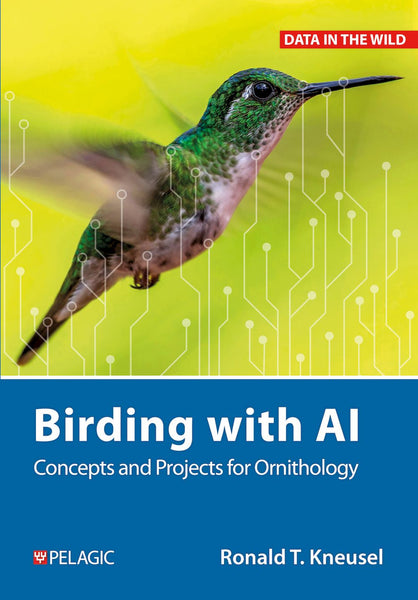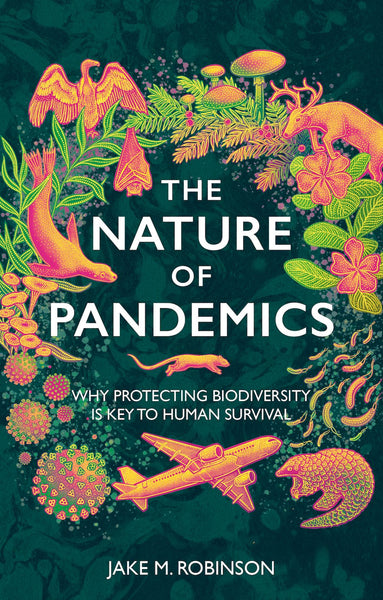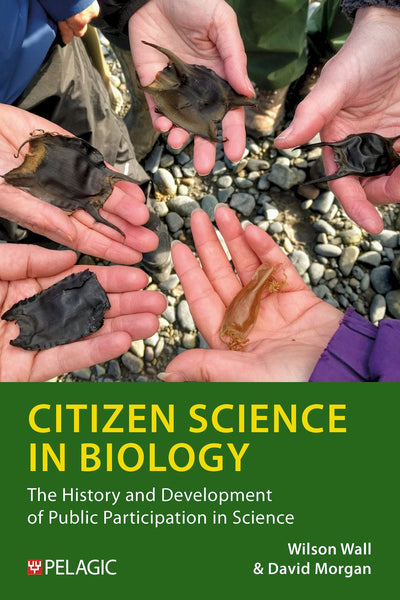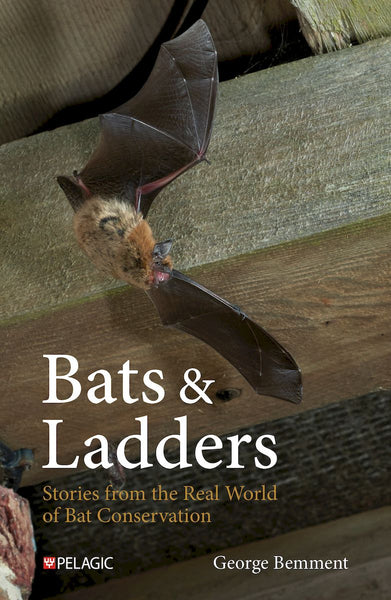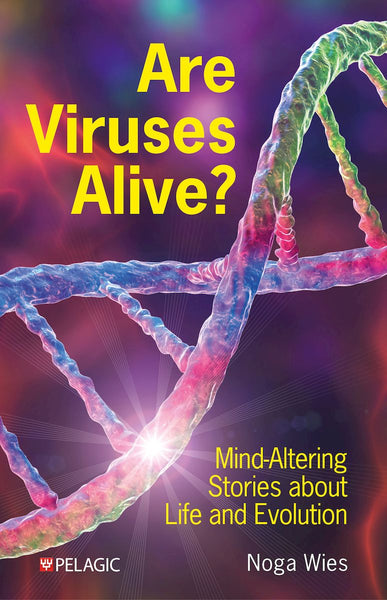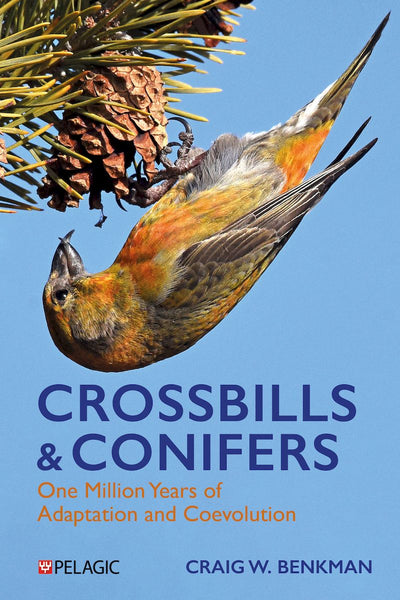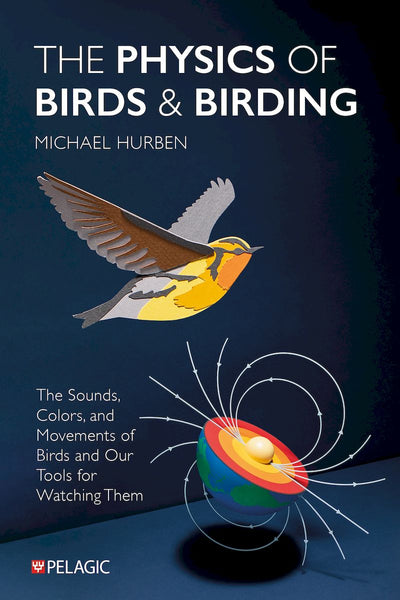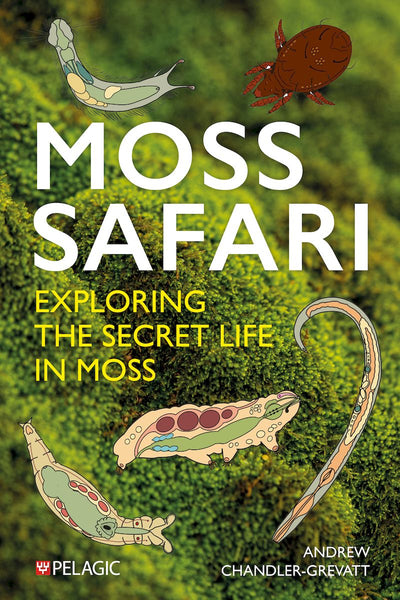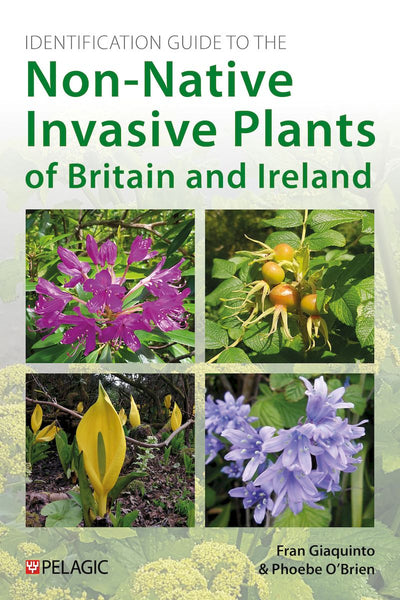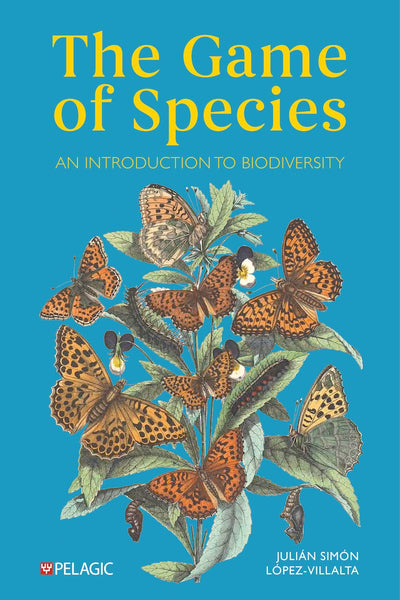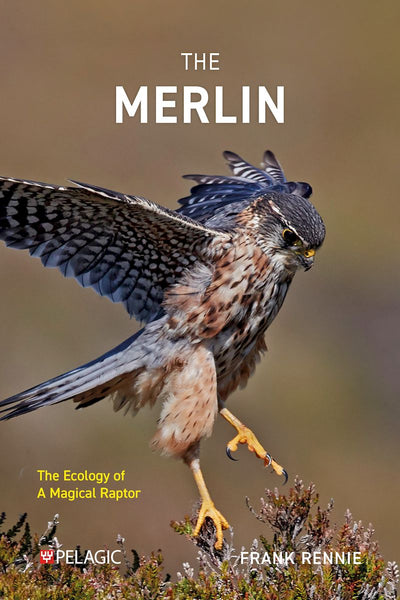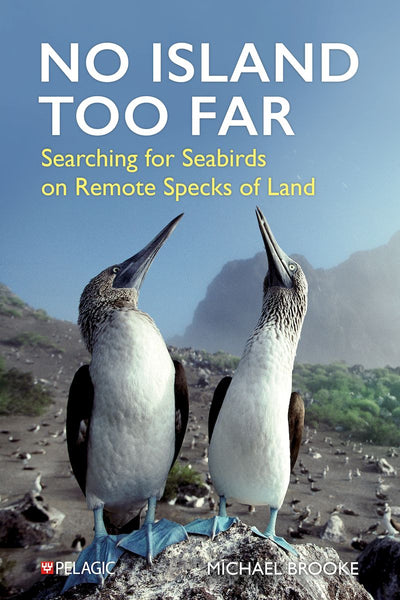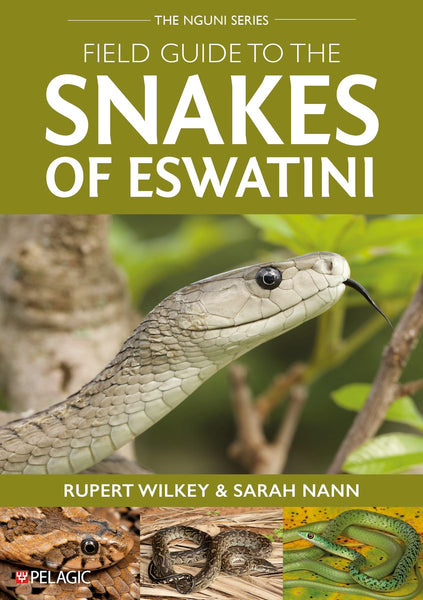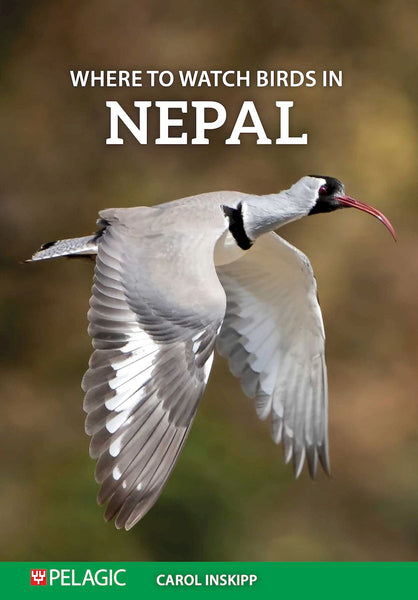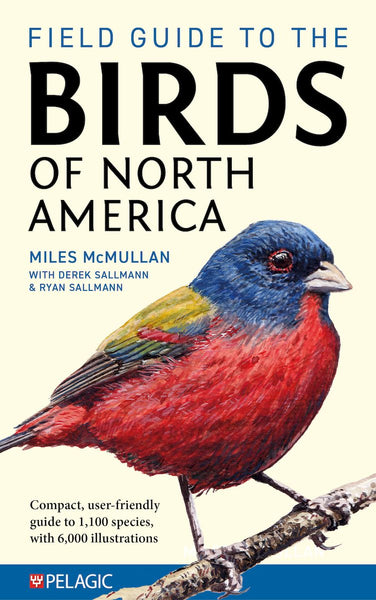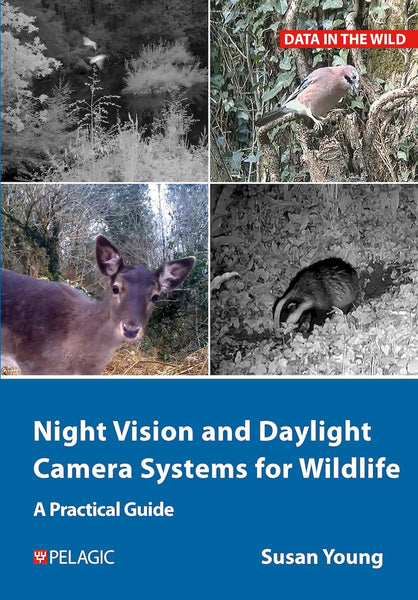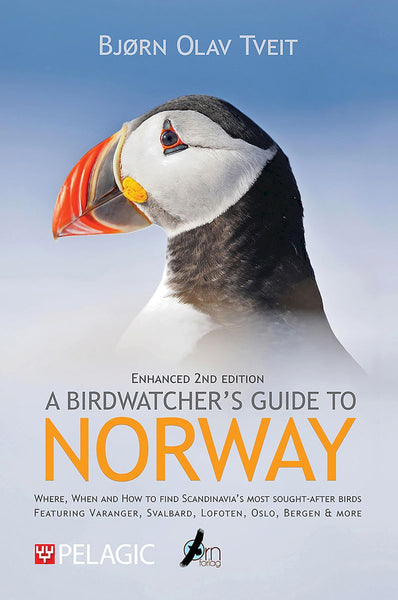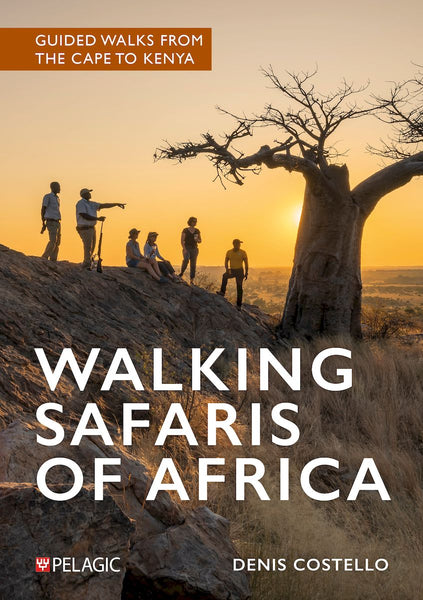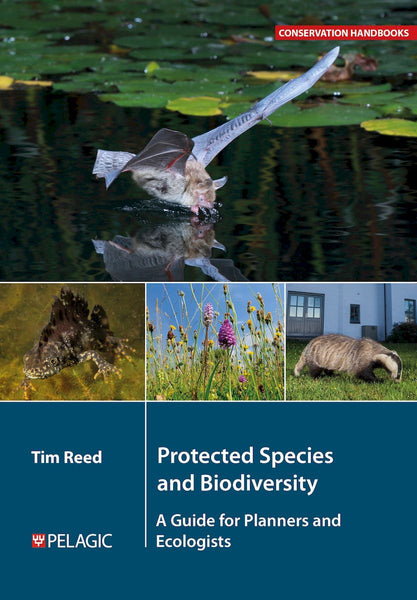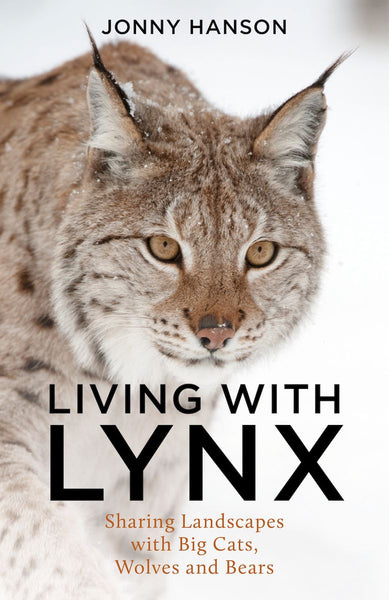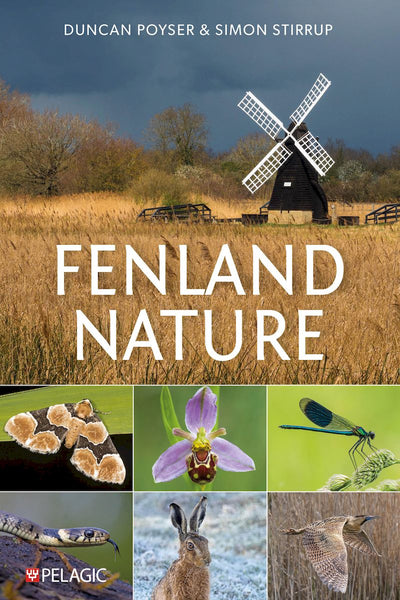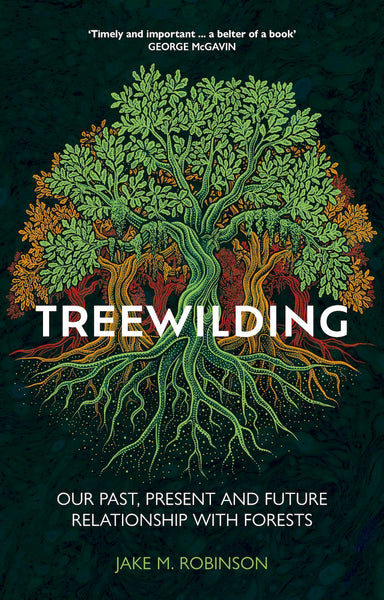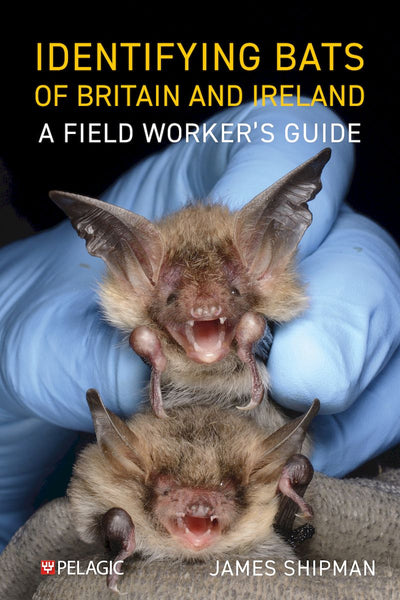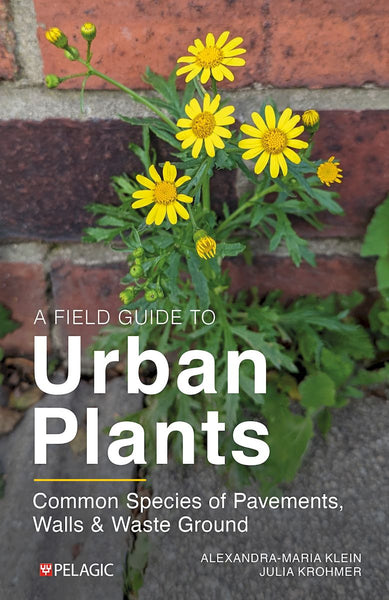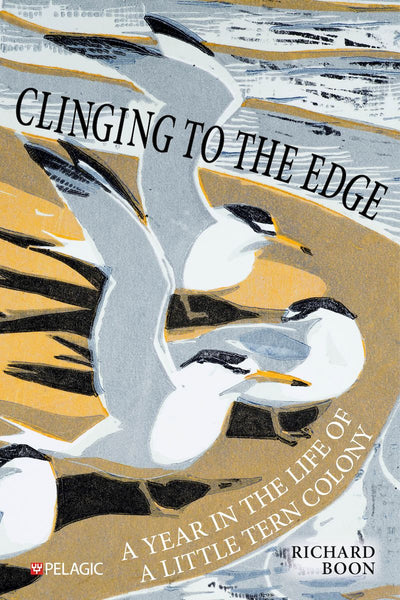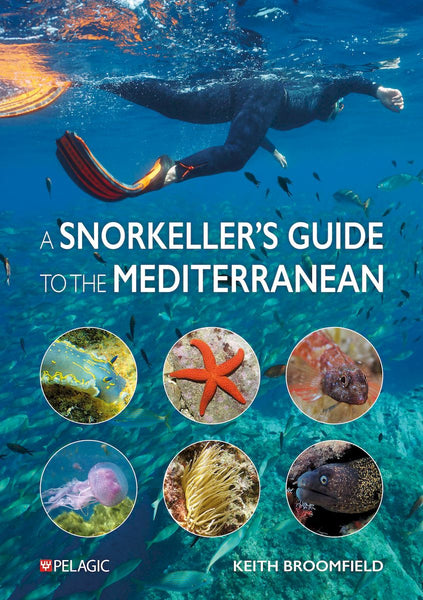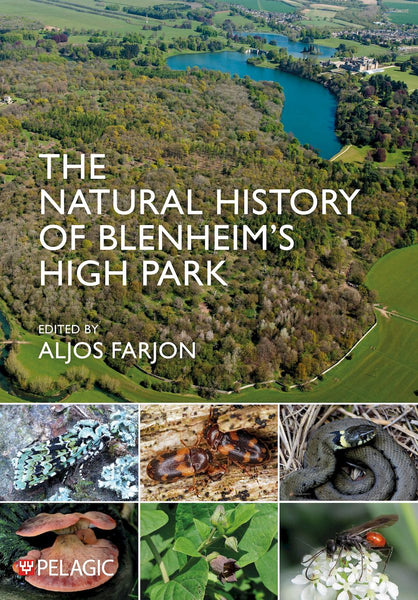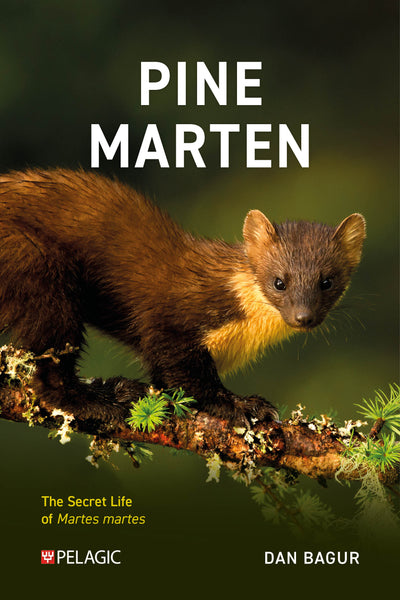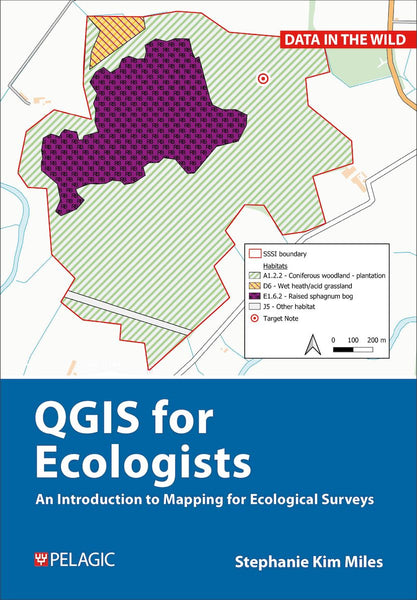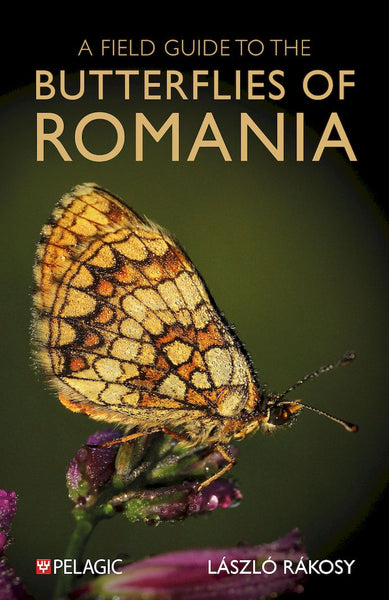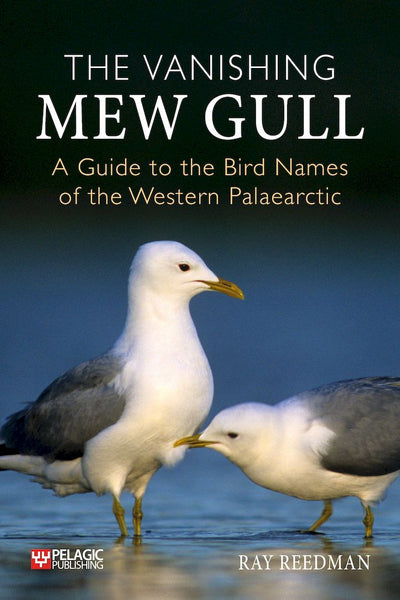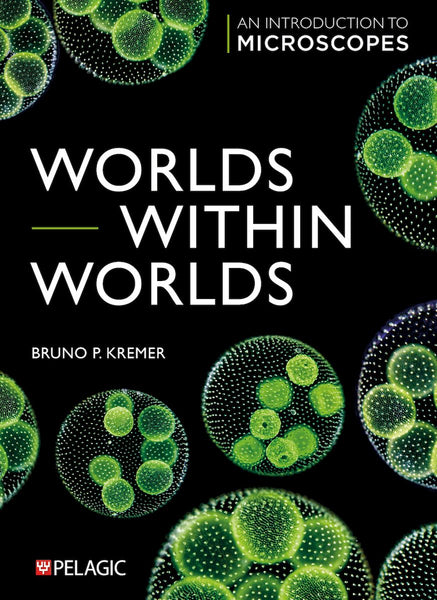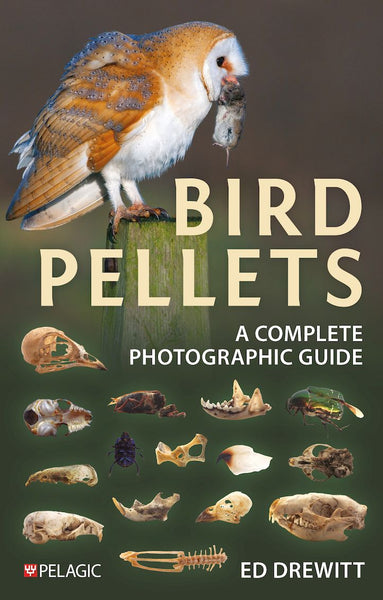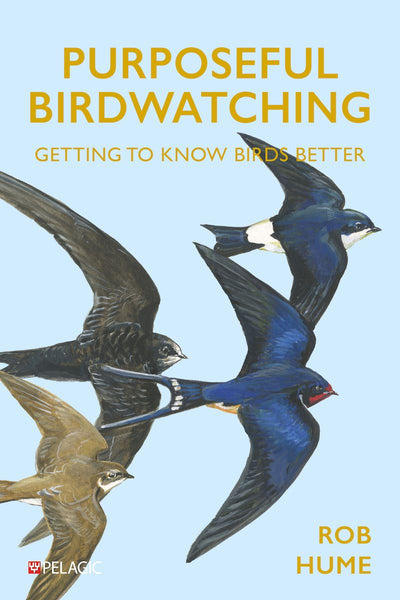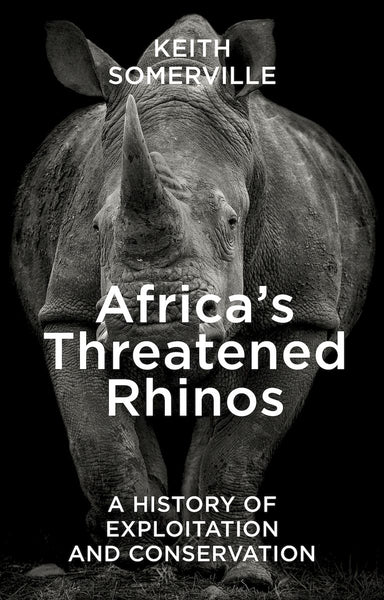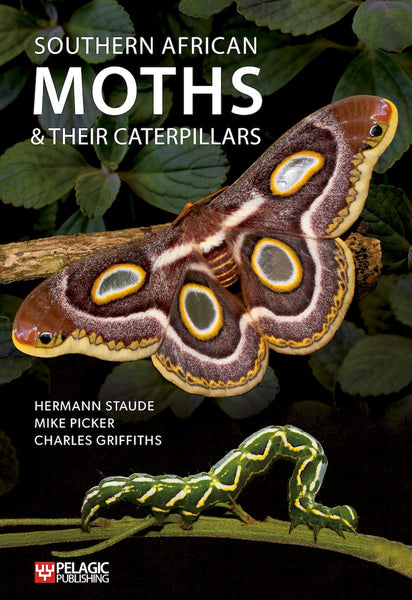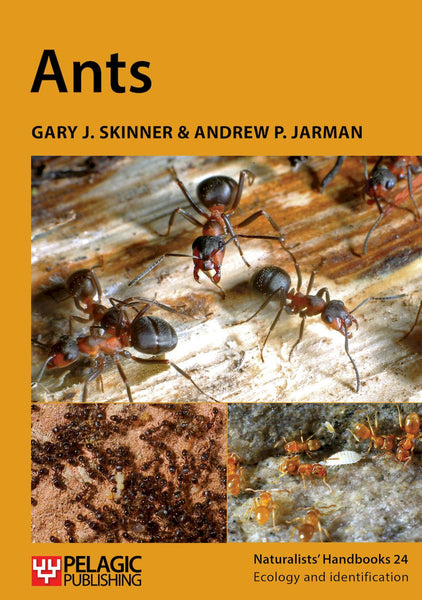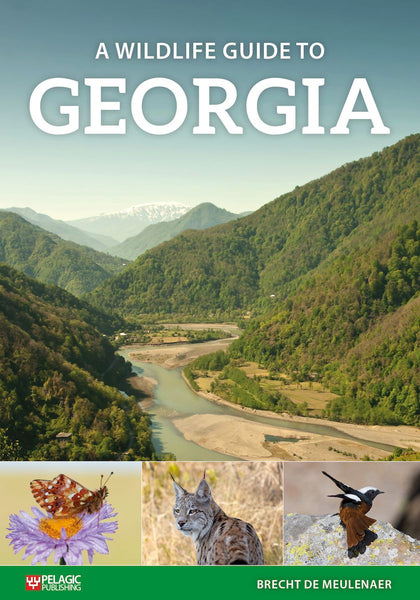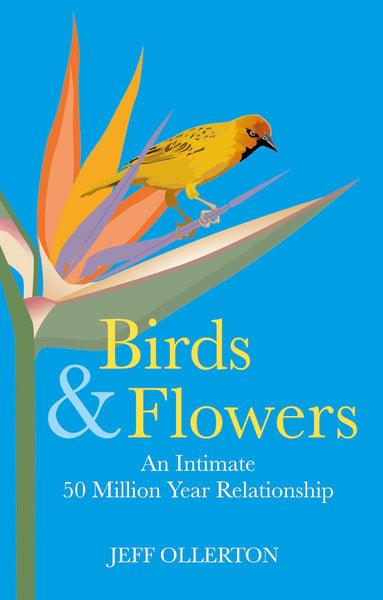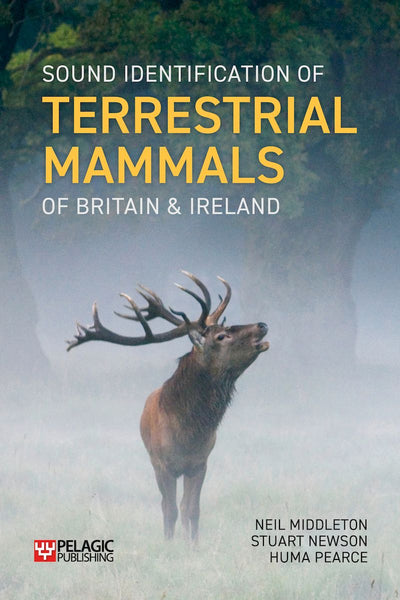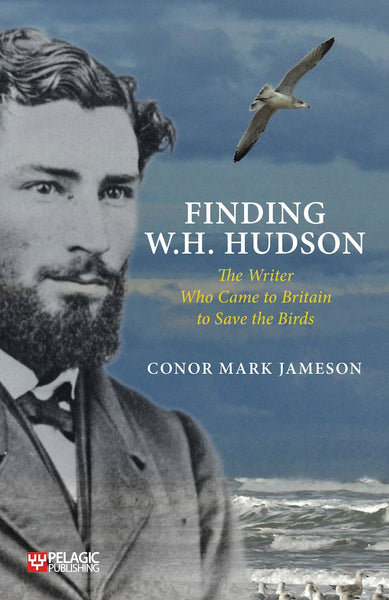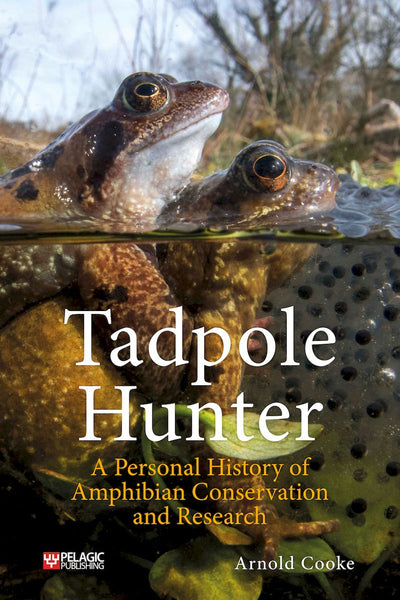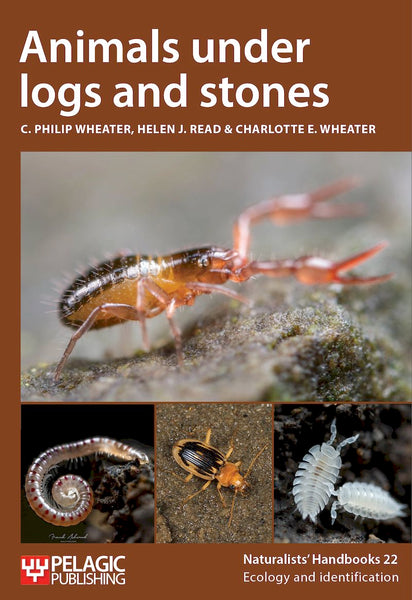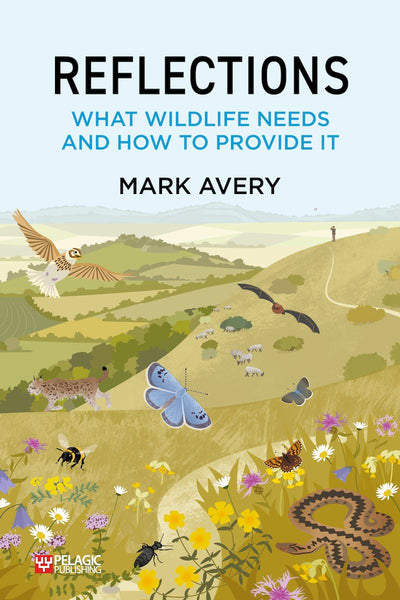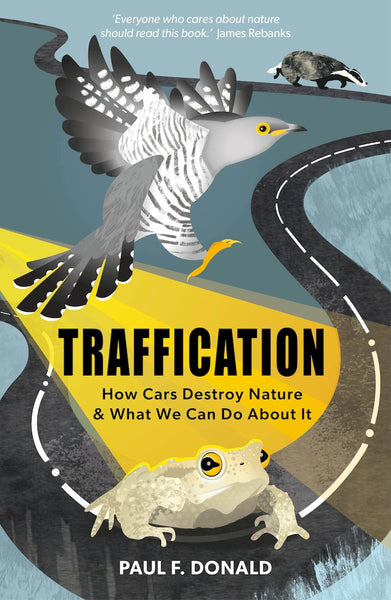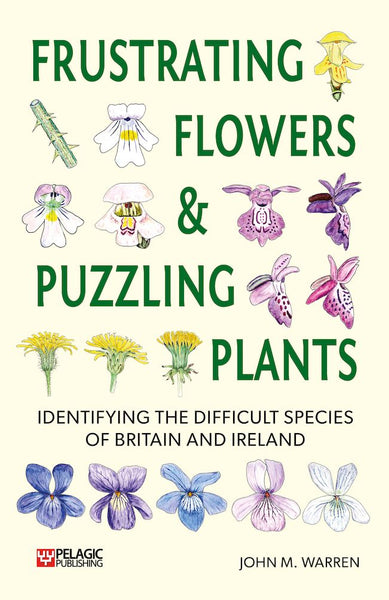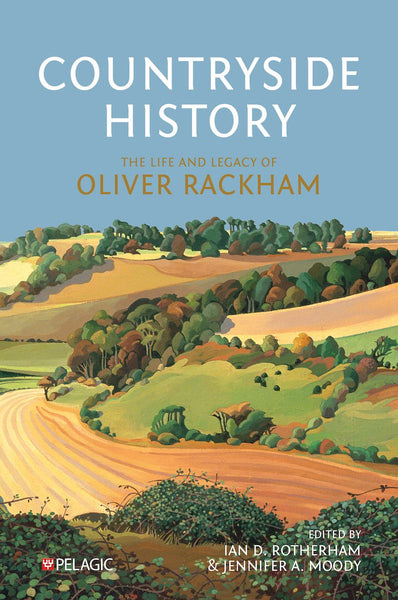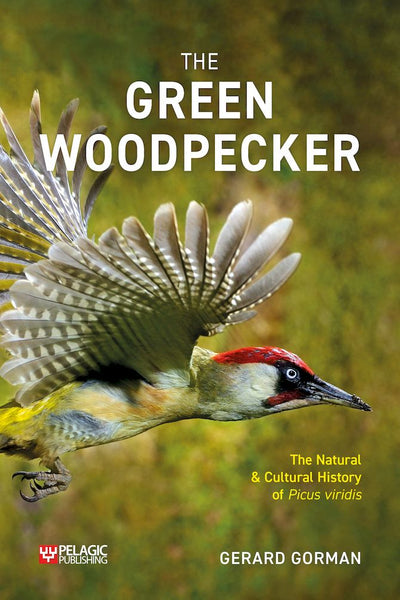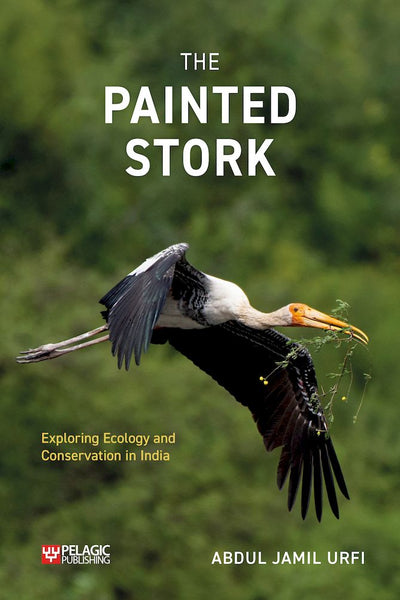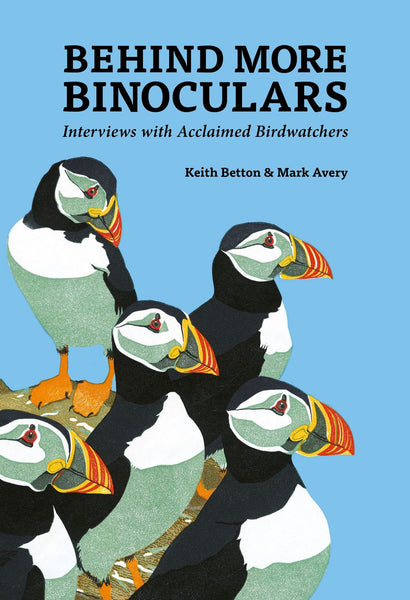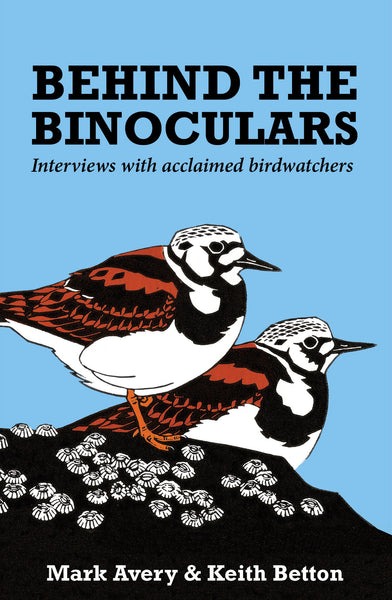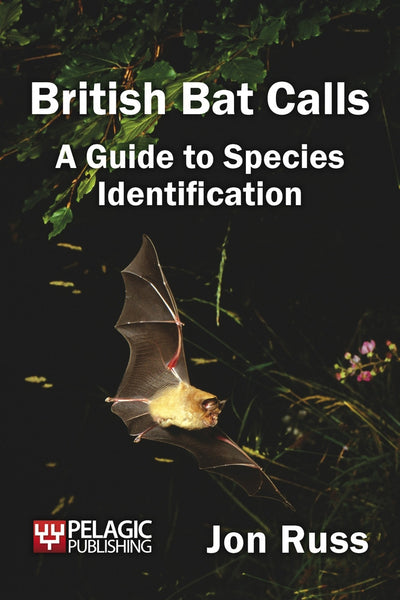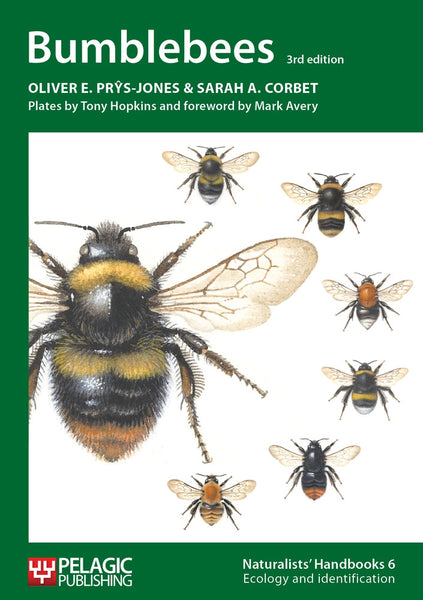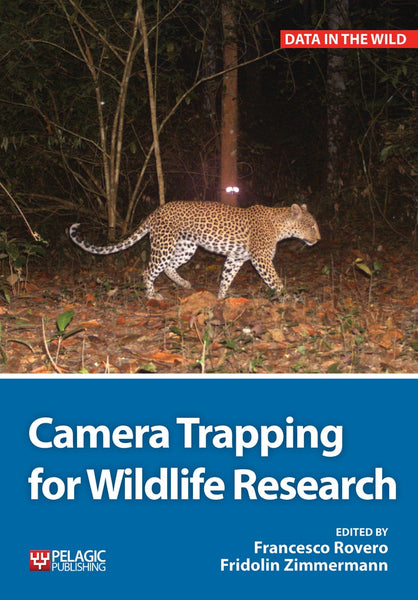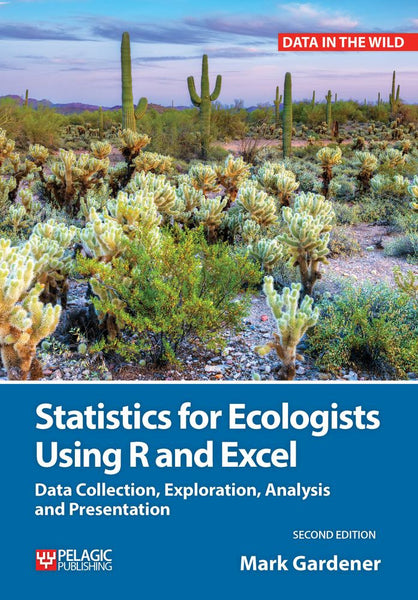Fran Giaquinto and Phoebe O'Brien talk to us about the newly published Identification Guide to the Non-Native Invasive Plants of Britain and Ireland.
Could you tell us a little about your background and when your love of botany began?
For Fran, her grandfather was a botanist at Cambridge University and her mother loved the countryside and its wildflowers. Fran’s PhD focused on the symbiotic interactions between fungi and trees, and she has maintained a passionate interest in plant-fungal interactions and plant community interactions ever since. It is the threat that invasive species bring to native habitats, the subsequent loss of biodiversity and the breakdown of connections between organisms that has been her driving force behind the book.
Phoebe grew up in Brighton where she played in a typical urban back garden and noticed Lemon Balm as her first introduction to the amazing world of botany. Trips to the South Downs and learning from her mother and from Wildflowers of Britain and Ireland by Marjorie Blamey and Alistair Fitter, expanded that fascination although it wasn’t until attending Galway University as a mature student she really got into plant science.

Entire-leaved Cotoneaster, purple anthers and hairs on calyx
What was the impetus behind the book?
The impetus behind the book was BSBI’s Atlas which highlighted for the first time that the number of non-native species in Britain and Ireland is now greater than the number of native species. A huge ecological shift is taking place. The guide helps people to identify the new arrivals and report them. The more people who map and record, the greater our knowledge about how to manage and protect our native habitats.
Working with young ecologists, students and community groups highlighted the fact that we needed a handy book on identifying this new flora of garden plants found in the wild. Frequently to set people’s mind at ease if they suspected an Alien Invasive Species if it was simply a native plant, and to serve an as early warning system if something appeared which shouldn’t be there.
You have collaborated on two previous plant identification guides. Why do you think your partnership works so well?
We live locally and have worked together on several field-based projects in Ireland. Our skills are complementary. We are also good friends which helps on longer writing projects. There were times when we needed to chat late at night or early mornings and encourage each other to keep going.

Hybrid Gunnera, a tall plant with long leaf stalks
Beautiful watercolour illustrations punctuate various sections of the book. What made you decide to include these alongside the many photographs?
The paintings are by Elizabeth Harden who is an old family friend of Phoebe’s. She has published a few books on painting wildflowers, and we thought it would be nice to include paintings in the book. Books on invasives species can be off-putting and we wanted to encourage readers to have a sense of curiosity about this new group of plants. For example, the Himalayan Honeysuckle or Pheasant Berry at the front of the book grabs your attention. Many people will recognise it and be surprised to hear that this species is increasingly found in species-rich natural areas.

Pheasant Berry – watercolour by Elizabeth Harden
What kind of fieldwork and research was involved in the creation of the book?
The introduction was based on many years’ working in invasive species management and delivering teaching on invasive species to people from all backgrounds, professionals and community. The choice of species came from the authors’ knowledge and experience and Pelagic editor’s excellent insights and suggestions. Most photographs were the authors, and others were kindly donated, mostly through Phoebe’s extensive network of colleagues. We used Botanical Society Britain and Ireland Plant Atlas and database extensively. We checked facts from Ecoflora.com, from experts in the field, such as Michael Guiney on seaweed identification, and other resources.
The fieldwork was really enjoyable! It involved flights to southern England, travelling by train, hiking and even boating. In Scotland Phoebe visited Logan Botanic Garden to see their biosecurity and Gunnera collection. In Ireland we specifically visited West Cork, Dublin, the Burren, Connemara and Lough Derg. We wanted to photograph and examine the plant material first hand. While the descriptions in existing floras are marvellous, Phoebe in particular wanted to look with fresh eyes and describe the plants as she would to a friend. Unfortunately, we never made it to the Channel Islands though the conservation group there was hugely helpful.

Chilean Myrtle grove, showing bare red stems and a poor herb layer beneath
What was the most surprising thing that you learnt whilst working on the book?
Although we both knew from the outset about the rate of introductions into Britain and Ireland, the full scale of it continues to surprise us. The legislation lags way behind the reality, but with new legislation (in Ireland), we may see a slow decline as regulations related to the import, trade, sale and keeping of scheduled species come into force.
Another surprising and somewhat touching thing that we learned from the experience was just how kind and supportive the botanical community are. These people understand that invasive species have arrived because no-one knew at first that some of them might become a problem when they arrived in a different geographical and climate zone. It is only now that the full scale of our collective mistakes are revealing the huge negative impact invasive species have on native habitats. Collectively we are hopeful that better identification and recording will lead to solutions in the future, which are more cost effective and sustainable.
Learn more about the book here.

